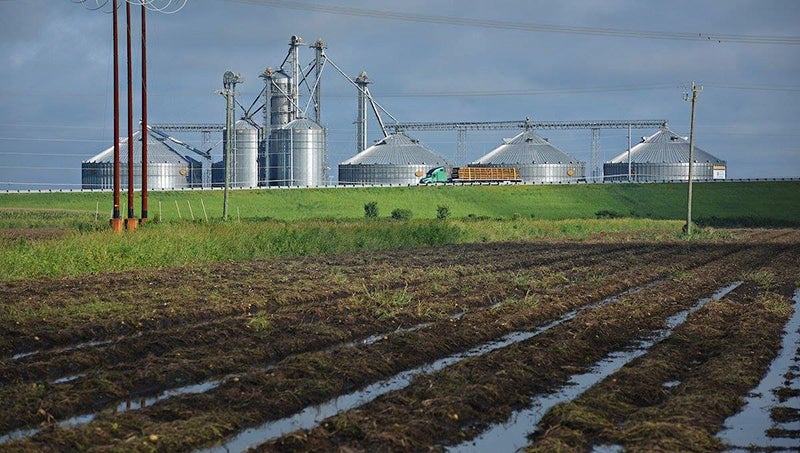Relief coming for farmers of hurricane-damaged crops
Published 8:21 pm Saturday, December 1, 2018
The deadline is fast approaching for farmers to sign up to recoup losses from hurricanes Florence and Michael.
Application to the Hurricane Florence Agricultural Disaster Program of 2018 began on Nov. 7 and will run until Dec. 10. Rod Gurganus, Beaufort County’s Extension Director, is encouraging farmers who lost crops to sign up online or call or stop by the Extension Office, where agents are available to assist those who don’t have computers or who need more information or help with the process.
Thursday, the General Assembly unanimously approved a $300 million hurricane relief measure. The measure sets aside $240 million for the North Carolina Department of Agriculture and Consumer Services to make payments to farmers with destroyed crops and livestock.
“This is money that’s going out through the North Carolina legislature. It’s going to be doled out depending on how much damage we had,” Gurganus said.
Gurganus said there was an initial damage assessment done in the first two days after Florence, in order to apply for federal money, but that dealt with immediate damage, such crops blown over and flooded fields. However, more effects have been felt in the months since to tobacco, cotton and soybean crops.
The damage was not consistent throughout the county: in Belhaven and the Winsteadville areas, crops were destroyed by floodwaters. In other areas, it was salt spray that had a lasting effect. Wind from Tropical Storm Michael took out other crops. Overall, it was tobacco that likely took the hardest hit — an already bad weather year for the crop set up the right circumstances, Gurganus said.
“There was an abnormal amount still in the field because it was planted late,” Gurganus said. “Some farmers had completely finished farming, some had entire fields out. They really took it on the chin because that tobacco was essentially done. … (After Florence) It was there, it got blown around some, it was ugly, but it was still there,” Gurganus said. “It was only two weeks later, when we got that tobacco in the barn and it wouldn’t cure.”
That the tobacco wouldn’t cure then led to other diseases, Gurganus said.
Cotton took a big hit as well, more so than soybeans.
“Some of it had been defoliated, and bolls had opened up, and blew cotton on the ground. You can’t pick that back up,” Gurganus said. “Michael came through and that storm had a lot more wind. A lot more of the cotton had opened by then, so we had a more substantial amount blown on the ground.”
Gurganus said corn was the least affected crop in the county, as 90-plus percent had already been harvested.
The Extension Agency is working this week to put together final numbers now that the long-term effects of the storms are more clear. Unlike the federally-run Farm Service Agency relief programs, the state program requires farmers to sign up for Hurricane Florence Agricultural Disaster Program of 2018 on their own.
“It’s not federal money, handled by the FSA, so farmers are having to sign up themselves,” Gurganus said.
“They desperately need it because the storm and the weather damage has been — we’re looking at four or five years of reduced yield because of weather. … Right now, it’s a tough time on the farmers, they need all the help they can get. Agriculture is so important to this county — agriculture is a $130 million industry in the county — so if we don’t get that money, everyone feels it.”





